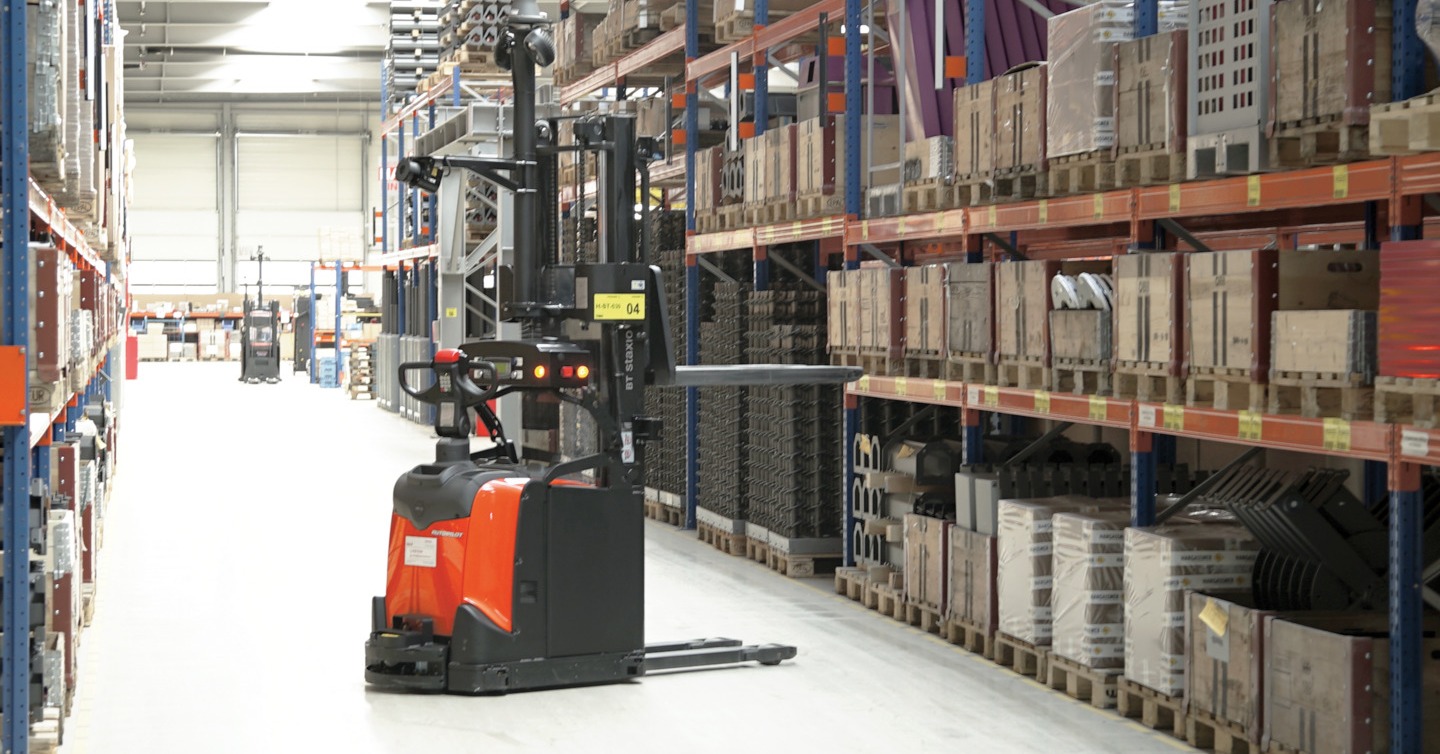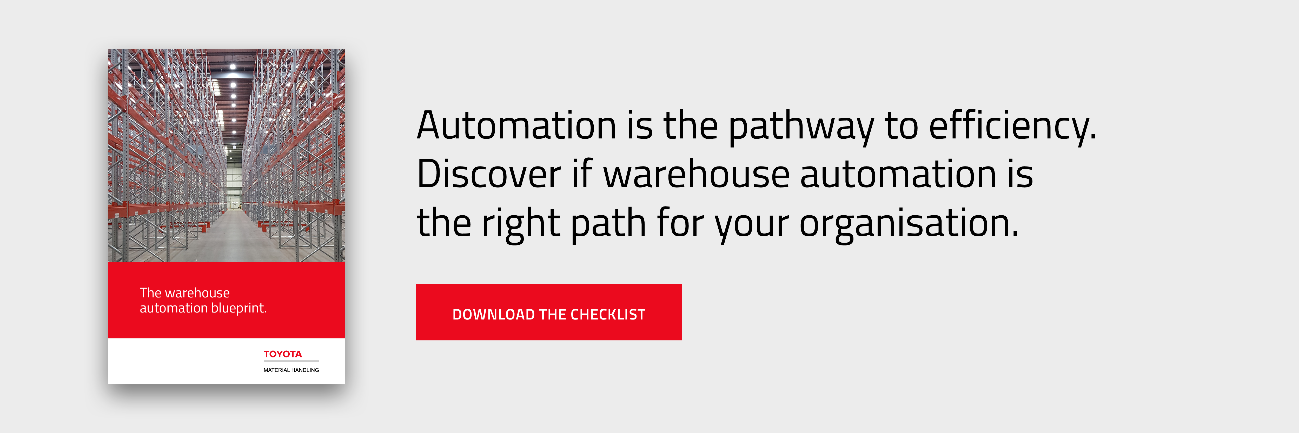Picking errors are an unsurprising occurrence within a warehouse setting. As commonplace as they can be, they should be avoided as each error costs time and, therefore, profitability. A knock-on effect is customers become unhappy if they incidentally receive the wrong product.

However, warehouses face challenges of complex SKU numbers, super-fast picking objectives and high demand for options such as next-day delivery. To avoid picking errors, you need to understand the types of errors and what causes them. This blog covers these insights and how you can dramatically reduce picking errors in your warehouse.
Here are the most common warehouse picking errors:
- Order mix-ups.
- Substitution without tracking.
- Improper labelling of items or parts.
- Items in the wrong bin or storage area.
- Inaccurate quantities.
- Using the wrong unit of measure.
Order mix-ups.
Multiple orders are common challenges on a picking run. While it is efficient to pick multiple orders at once, there is always the potential for human error. Parts from two orders are easily mixed up, leaving orders inaccurate as they go out for delivery.
The solution.
Picking needs to be tracked carefully. Barcodes and scanning help pickers when they have returned to packing areas, matching the picked item to the correct order.
Substitution without tracking.
Another common occurrence when orders go out is warehouses run out of a particular item, meaning they need to make a substitution. This is not usually an issue for the customer (unless a completely unwarranted substitution has been made). However, stock management can be a problem if the substitution has been made without tracking within a stock management system.
The solution.
Disallowed substitutions should not be encouraged or relied upon. Ensure pickers know to track any substitution choices within warehouse management software, so visibility over stock numbers and what items are replacing others is achieved.
Improper labelling of items or parts.
You will not be able to track any items without adequate labelling within an inventory or warehouse management system. Inadequate stock labelling will only result in either:
- Inaccurate deliveries.
- Loss of stock within a warehouse.
- Wasted stock and wasted money.
Similarly, inaccurate labelling will only result in the wrong item being picked, causing inefficiency for the organisation and the customer.
The solution.
First, remind pickers not to use any product or material without a label. In fact, stock with inaccurate or missing labels should be flagged, removed from the workflow and relabelled as soon as possible.
Items in the wrong bin or storage area.
The efficiency of picking is directly tied to the accuracy of putaway. When an error is made in putaway, such as a part placed in the wrong bin or storage area, it will cause issues for picking.
Parts with similar numbers can be easily mistaken for one another, meaning items end up in the wrong place. Small warehouse picking errors such as this cause unnecessary downtime.
The solution.
An efficient warehouse management system that covers inventory should be implemented. This should be done alongside utilising barcodes and scanners to eliminate the chance of wrong items being picked.
Inaccurate quantities.
An order may need six separate parts or goods to make it up. An order picker may pick five or seven because they have either not counted properly or have been given inaccurate information.
The solution.
Every time a picker needs to choose multiple items for an order, they need to tally or track the number of items picked using a barcode scanner so the warehouse management system can validate the items picked against the order. This helps picking become far more accurate.
Using the wrong unit of measure.
In many cases, a warehouse may carry the same product in packages that range in size. For example, one package could have 10-count items, while a second has 20-count. Without adequate tracking and labelling, pickers could end up choosing a 10-count when a 20-count is needed, meaning customers are given the wrong items.
The solution.
Even though they contain the same item, packages of different counts each deserve their own unique stock-keeping unit (SKU). These should also be added to the warehouse or inventory management system so that the correct item count package can be identified when barcodes are scanned or SKUs searched.
These are all simple racking solutions you can implement within a warehouse of any size. However, human error will always have some impact on a warehouse’s efficiency. Even with the most robust inventory tracking and warehouse management system, there is a chance an employee ends up picking the wrong item.
Today, an increasingly popular way of gaining back lost efficiency for the warehouse environment is through automation and Automated Guided Vehicles (AGVs).
Automating the picking process.
Warehouse automation is when automated solutions take over the internal processes human operators usually carry out. These warehouse automation solutions include automated vehicles, machinery and a warehouse management system.
It is used to increase the efficiency of warehouse processes, such as picking, as software and machinery offer an infallible source of visibility over where items are in workflows and where they should be going.
You can use automation in:
- Block stacking.
- High-level storage.
- Light item handling.
- High-density storage.
When it comes to picking, automation can either enhance the work of human pickers or completely take over their work so that they can focus on other higher-value tasks. They may include shortening the walking time for pickers by setting up conveyor systems between storage delivery areas.
For a quick guide to warehouse automation, visit this blog post.
Is automation right for you?
The benefits of automation are undeniable, from eliminating human error to reduced labour costs, improved on-site safety, to improved fulfilment accuracy. However, its implementation should be reserved for specific warehouse scenarios. For example:
- Are warehouse-driven delays a common issue?
- Do everyday workflows include vast amounts of repetitive tasks?
- Are inventory counts regularly affected by inaccuracies?
Saying ‘yes’ to these questions may be a sign that automated logistics solutions would be the right choice for use within your warehouse. To find out more about automation and whether it is what you need, you can use our detailed resource, ‘The warehouse automation blueprint’, which covers all these questions and more.
Click the button below to download your copy today.

